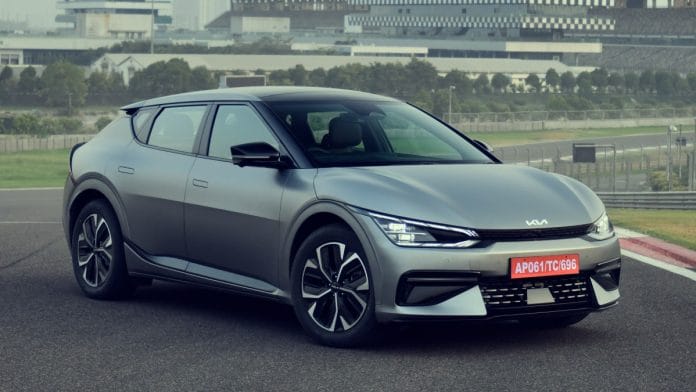Thank you dear subscribers, we are overwhelmed with your response.
Your Turn is a unique section from ThePrint featuring points of view from its subscribers. If you are a subscriber, have a point of view, please send it to us. If not, do subscribe here: https://theprint.in/subscribe/
Did you know that the first prototype of an autonomous car was exhibited in the Futurama Exhibit way back in 1939 World’s Fair in NYC by General Motors? It featured an automated highway system that guided passengers from origin to their destinations.
Introduction:
In its report on road traffic injuries, as of 2023, the World Health Organization (WHO) has estimated that approximately 1.9 million lives are lost every year. It has also found that more than 90% of such deaths take place in low-income and middle-income countries, which are consumers of 60% of the world’s vehicles. The WHO lists several causes for road accidents, including speeding, driving under the influence, distracted driving, unsafe road infrastructure, and inadequate law enforcement.
The Tech Behind Autonomous Cars:
Can such accidents be reduced by the advent of autonomous cars or driverless cars? An autonomous vehicle (‘AV’) uses “technology to partially or entirely replace the human driver in navigating a vehicle from an origin to a destination while avoiding road hazards and responding to traffic conditions.”
Automation ranges across six levels, starting from 0 to 5. The highest level, fully automated, does not require human intervention. These cars use radars, cameras, and LiDar (light detection and ranging) systems to analyze their surroundings and respond accordingly. Companies like Waymo operate robotaxi services, making these technologies increasingly accessible.
The Pros of AVs:
- Reduced accidents.
- Inclusion of differently-abled individuals.
- Reduced CO2 emissions.
- Coordinated parking.
Laws Relating to Protection of AVs in India:
- Protection Under Patent Law
The Indian Patent Act of 1970 protects inventions such as sensors and lane-mapping systems in AVs. The Delhi High Court in Microsoft Technology Licensing, LLC v. Assistant Controller of Patents and Designs (2023) held that a computer program could be patentable if it provides a technical contribution, encouraging innovation in the AV sector.
- Protection Under Copyright Law
The Copyright Act of 1957 provides protection to computer programs under the ambit of ‘literary works.’ For example, Waymo’s proprietary software, ‘Waymo Driver,’ is protected under this law. However, judgments like Naruto v. Slater highlight the challenges of granting copyrights to non-human entities.
- Protection of Trade Marks and Trade Secrets
The Trade Marks Act of 1999 enables companies to build distinctive brands. Trade secrets protect proprietary software and algorithms, as seen in Waymo LLC v. Uber Technologies, Inc., where Uber was held liable for misappropriating Waymo’s self-driving technology.
Privacy Concerns Surrounding AVs:
AVs collect extensive data on location and personal preferences. Robust data protection laws are essential to balance privacy and innovation.
Indian Legislations Governing Liability for AVs:
The Bharatiya Nyaya Sanhita (BNS), 2023 and the Motor Vehicles Act, 1988, govern road safety. Section 125 of the BNS penalizes acts endangering human life. However, these laws currently do not extend to AVs.
The Way Forward:
To err is human—and machines. Liability in semi-automatic cars could fall on the driver if negligence occurs, while in fully automated cars, liability may shift to the manufacturer. The lack of standard jurisprudence must be addressed.
Key questions include:
- Can AVs react effectively to external environments to avoid accidents?
- In accidents, who is liable: the manufacturer, software developer, or driver?
- How would hacking and data breaches be handled?
In Haji Zakaria v. Naoshir Cama, the court held liability could not be imposed without negligence. Similarly, United States v. Althone Industries, Inc. established that robots cannot be held legally accountable. These precedents may guide AV liability frameworks.
Experts are developing testing grounds for AVs to ensure safer deployment. Laws must modernize, particularly in insurance, to accommodate this transition. A detailed plan to revamp road infrastructure and public perception is essential to ensure a smooth shift to AVs.
We have a long journey ahead, both AVs and humans.
These pieces are being published as they have been received – they have not been edited/fact-checked by ThePrint


